At Home With Naoto Fukasawa
In our ongoing profile series, we find out what designers are making, what’s making them tick, and the moments that made them. Japanese designer Naoto Fukasawa tells us about his striking new live-work atelier in Tokyo and his ethos of not only designing objects, but an integrated atmosphere
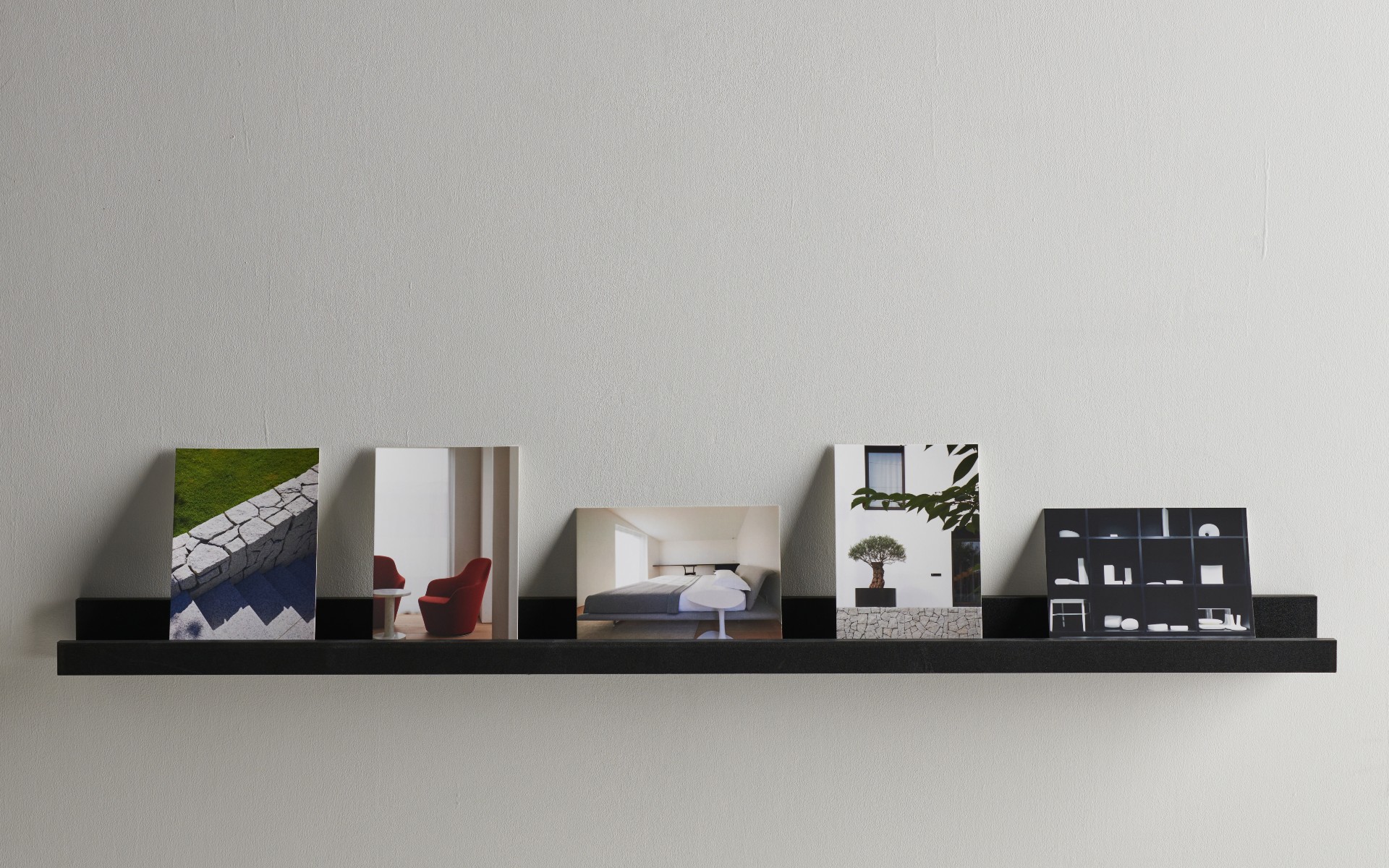
As one of the world’s leading design thinkers today, Japanese designer Naoto Fukasawa simplifies the way we live, overseeing products and furniture embedded with an inherent humanistic value bearing timelessness and longevity.
From Muji to Alessi and B&B Italia, there’s a high chance you already own one of Fukasawa's designs, yet he is uninterested in any eponymous recognition. For him, a design succeeds when there is a reaction responding to uninhibited human behaviour. It's no wonder then that his human-first approach initially began in microelectronics, leading to design consulting at Ideo San Francisco and Tokyo, and extended to the establishment of his own studio designing products for Artemide and Samsung, to retail interiors for Issey Miyake and TG.
Now with an undeniably illustrious product and industrial design career, his next focus is on creating a fully-integrated atmosphere as complete lifestyle, starting with his own recently-complete atelier in Tokyo. As a live-work building nestled in a quiet residential suburb, everything inside — including the structure — has been designed by him. From glassware to seating and even meticulously down to window panes, providing an all-encompassing environment lending to his own inspiration where he starts his mornings.
We sat down with the Japanese designer in his new atelier in Tokyo to speak with him on integrated design thinking, his latest release with Panasonic, and his most recent establishment of The Design Science Foundation, an external arm of his practice for experimental projects and critical thinking.
At home with Naoto Fukasawa
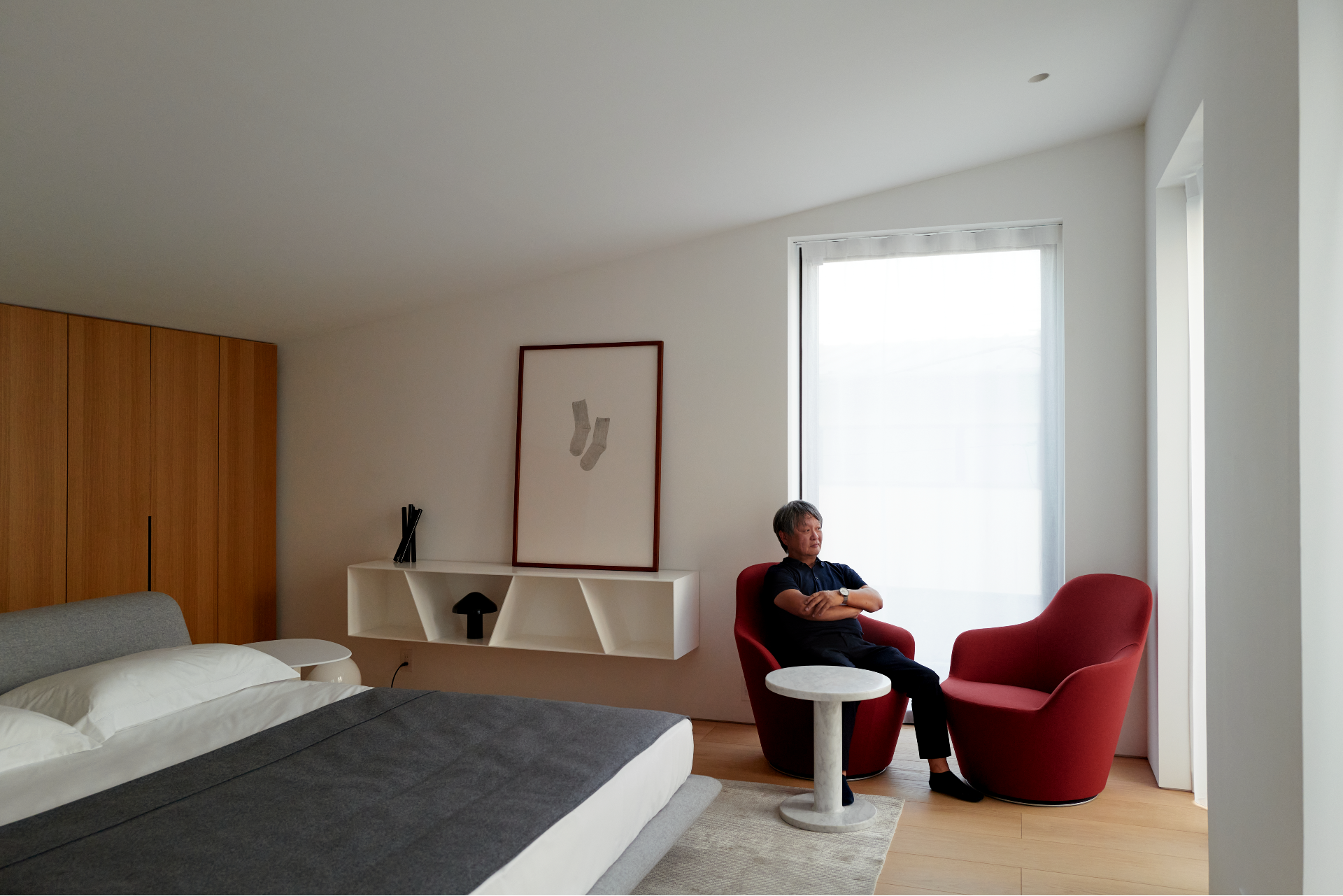
Naoto Fukasawa
Wallpaper*: Hi Naoto, can you describe where we are right now?
Naoto Fukasawa: We are here in my new Tokyo atelier. These past two years without travel allowed me to focus and design my own space for working and living. It is completely designed by me, working together with [Japanese construction company] Takenaka. We had seventy meetings over the course of two years just discussing all of the details.
NF: Yes, such as these chairs we are now sitting on — Hiroshima Lounge Chair — that I designed for maruni. It was initially made for the domestic market focussing on the living environment, but after a few years Apple Park also ordered more than five thousand chairs. This here is in walnut, but the most popular one is in oak, and can include leather and fabric cushioning.
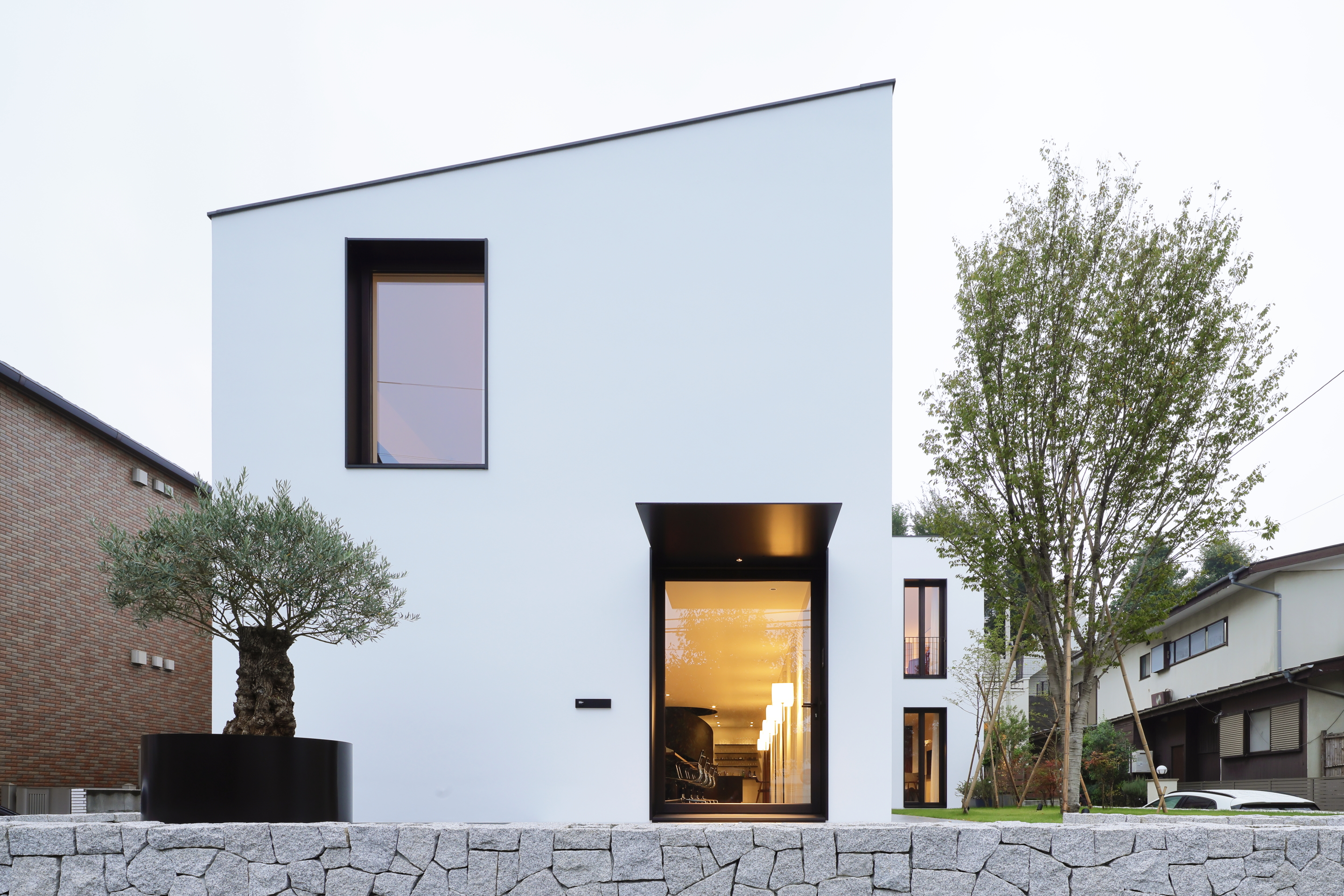
NF: In the morning I have an espresso or cafe latte in bed. I sleep on the bed I designed [Siena, B&B Italia, 2007] that has a headboard leaning back, responding to our natural behaviour. It can make us comfortable or enable us to do something without immediately falling asleep. Even if we are thinking or being still in bed, it's still a good position to be in.
Wallpaper* Newsletter
Receive our daily digest of inspiration, escapism and design stories from around the world direct to your inbox.
NF: I mostly invite guests over in the late-afternoon, serving champagne or prosecco or wine with finger food. For those who already know me well, they just bring the wine themselves for an aperitivo together. In Japan, aperitivo is not really common but here in my atelier, we have it often. It's a very nice time, especially before sunset.
Every year Alessi's owner [Alberto Alessi] sends me wine from his own vineyard, in a bottle designed by Leonardo da Vinci. I've visited Alberto's winery and home designed by Alessandro Mendini, and we cooked pasta together in his kitchen with the pot and pan I designed. So for me, designing a project together and talking and drinking with each other is all integrated, rather than being just a business meeting. That is the life I wanted to create here at my atelier too.

RELATED STORY
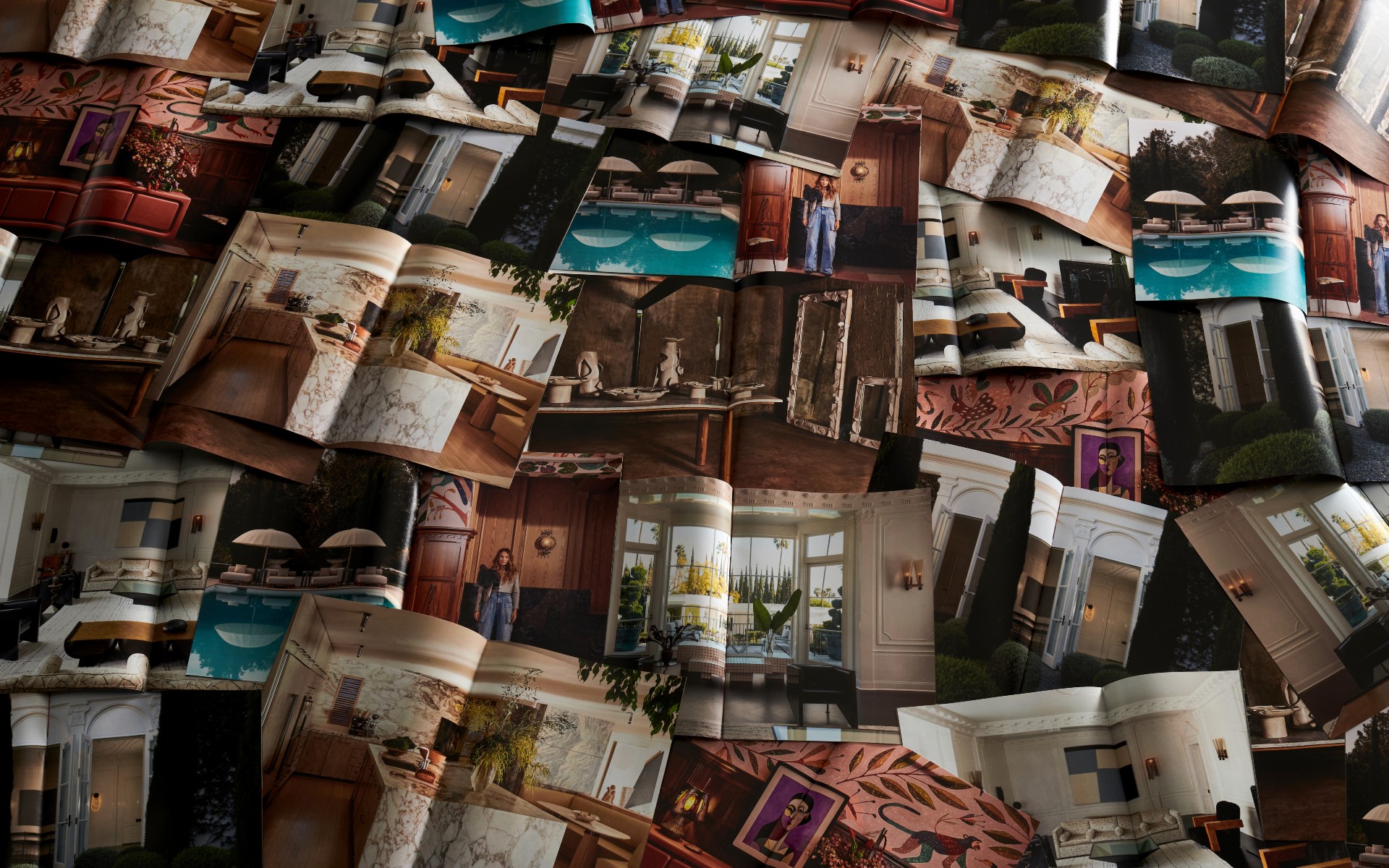
NF: In the first half of my career I focussed on shape and form-making like [Isamu] Noguchi, but now I am more focussed on the medium, meaning the ambience and atmosphere. I've designed every object centred on substance, and now I'm more focussed not only on one object, but on the ambience and creating a fully integrated space.
NF: Usually when I look back I still feel "my product was right", because from the beginning I always focus on the relationship between the object and the person. If someone is naturally sensing and touching [a design] then I know it is right.
I'm not thinking from the form or shape or a trend, or on the differences of a culture or country, but rather I focus on behaviour. Without consciousness, human behaviour is still all the same. Feeling happy is not under a culture or history. Of course the relationship between us and the environment should be integrated, but still be focused on humans.
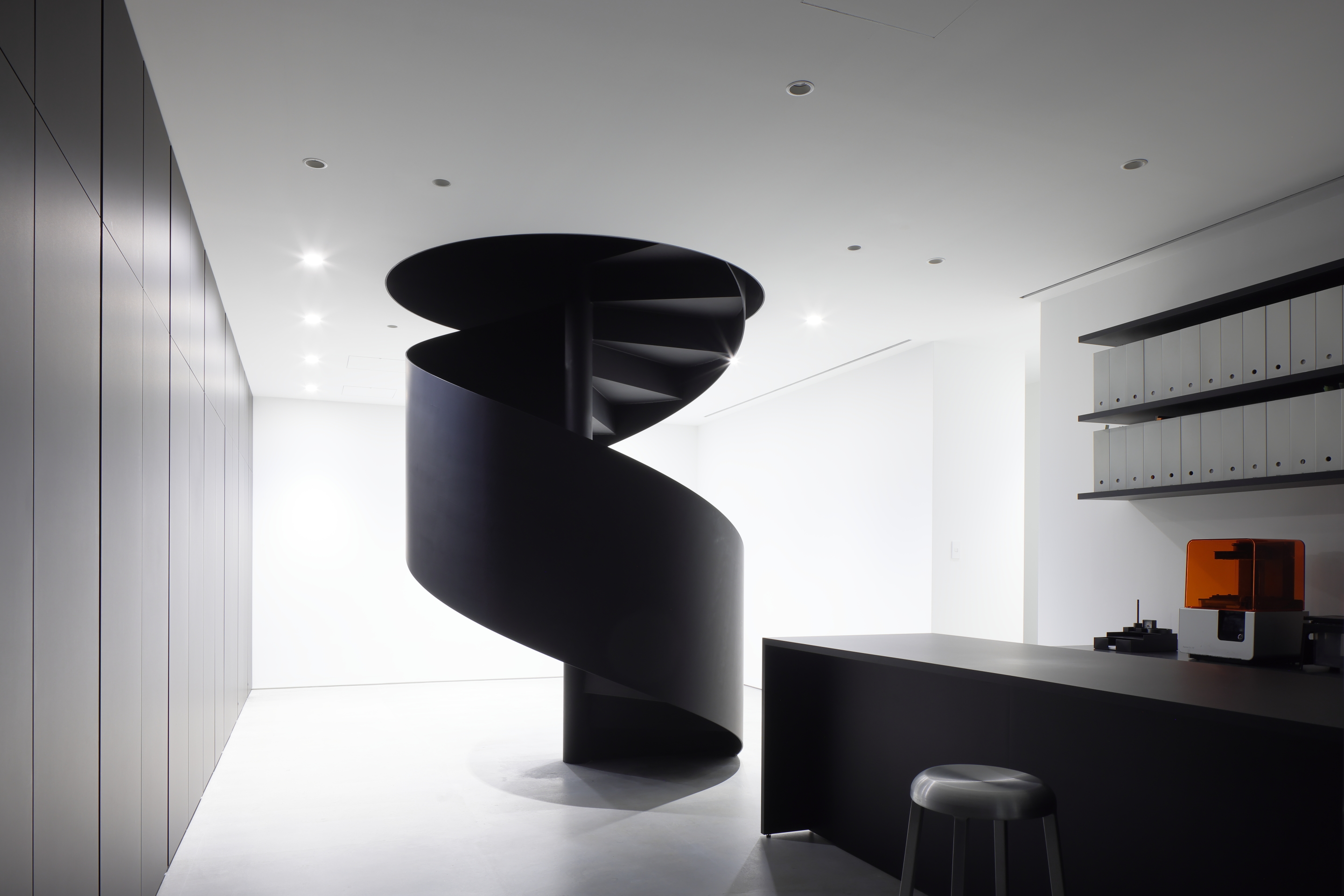
NF: The Aman resorts are my most admired place to be, as they have combined total harmony with integrated service and atmosphere. I'd like to make a world like that too, whilst connecting nature too.
NF: A gardener, or sushi chef. The process of both is very simple with a high quality that inspires people's happiness. Even for the maker himself as well!
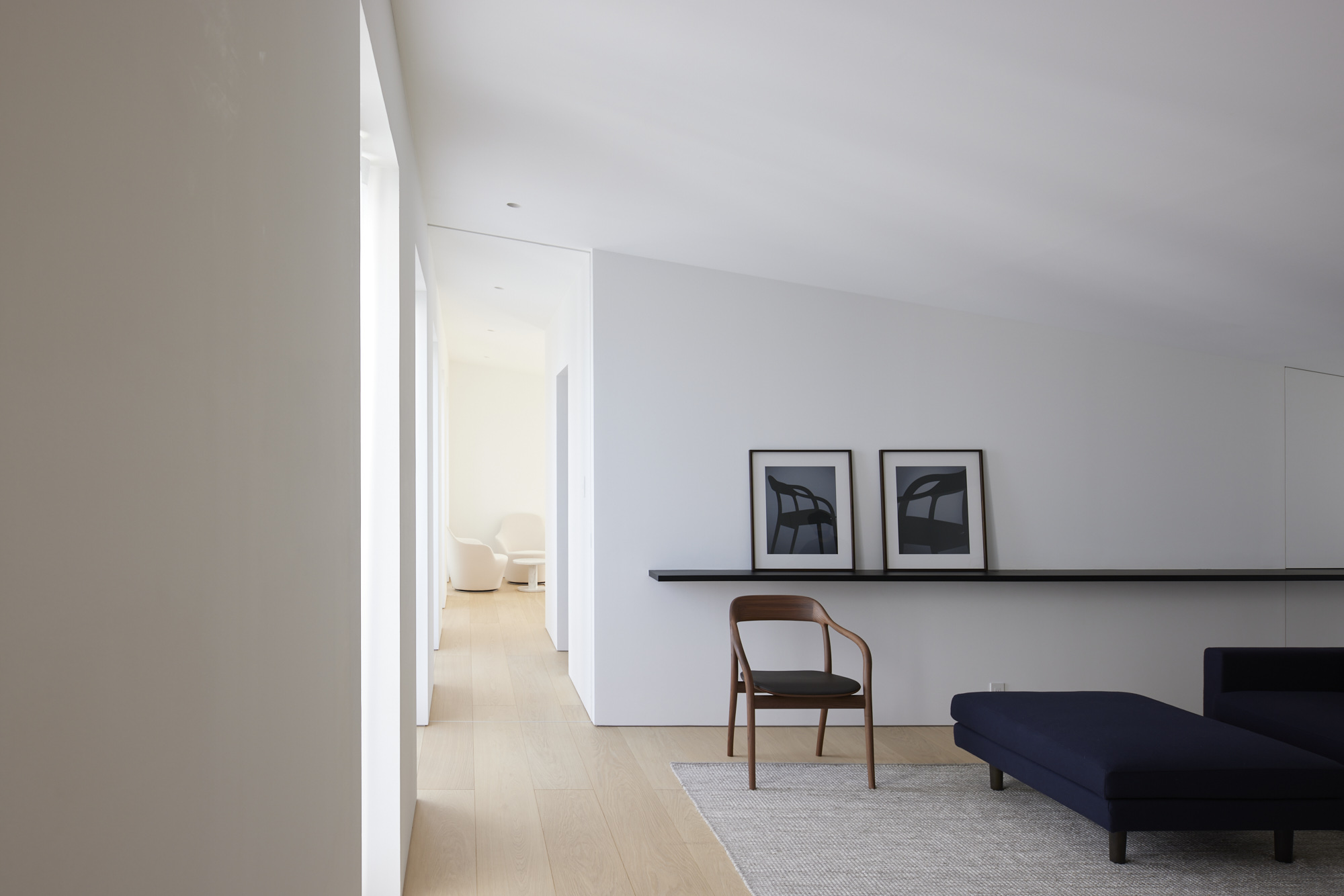
NF: I have just designed a new kitchen island with Panasonic called Caresa. Before, a kitchen was commonly the name of a room but this is kind of a kitchen counter or island, it's more flexible in use. Many people get together and start drinking, eating or talking. It's one of the main reasons we made this atelier too, so at the end of the day people can already get together and start drinking!
NF: I am interested in the science of design. Science and design appear to have the same goal, but the process of reaching that goal is quite different. When it comes to science, I am particularly interested in ecology. Ecology and psychology can accurately describe the human body and the environment, while design can intuitively tell us what to do.
It is interesting to see the synthesis of these elements reaching its goal in today's complex world, and that these scientific rationale and considerations are in sync with what design and art are trying to achieve. I created The Design Science Foundation with the hope that by bringing both together, we can create an emergence. I hope it will be an interesting catalyst.
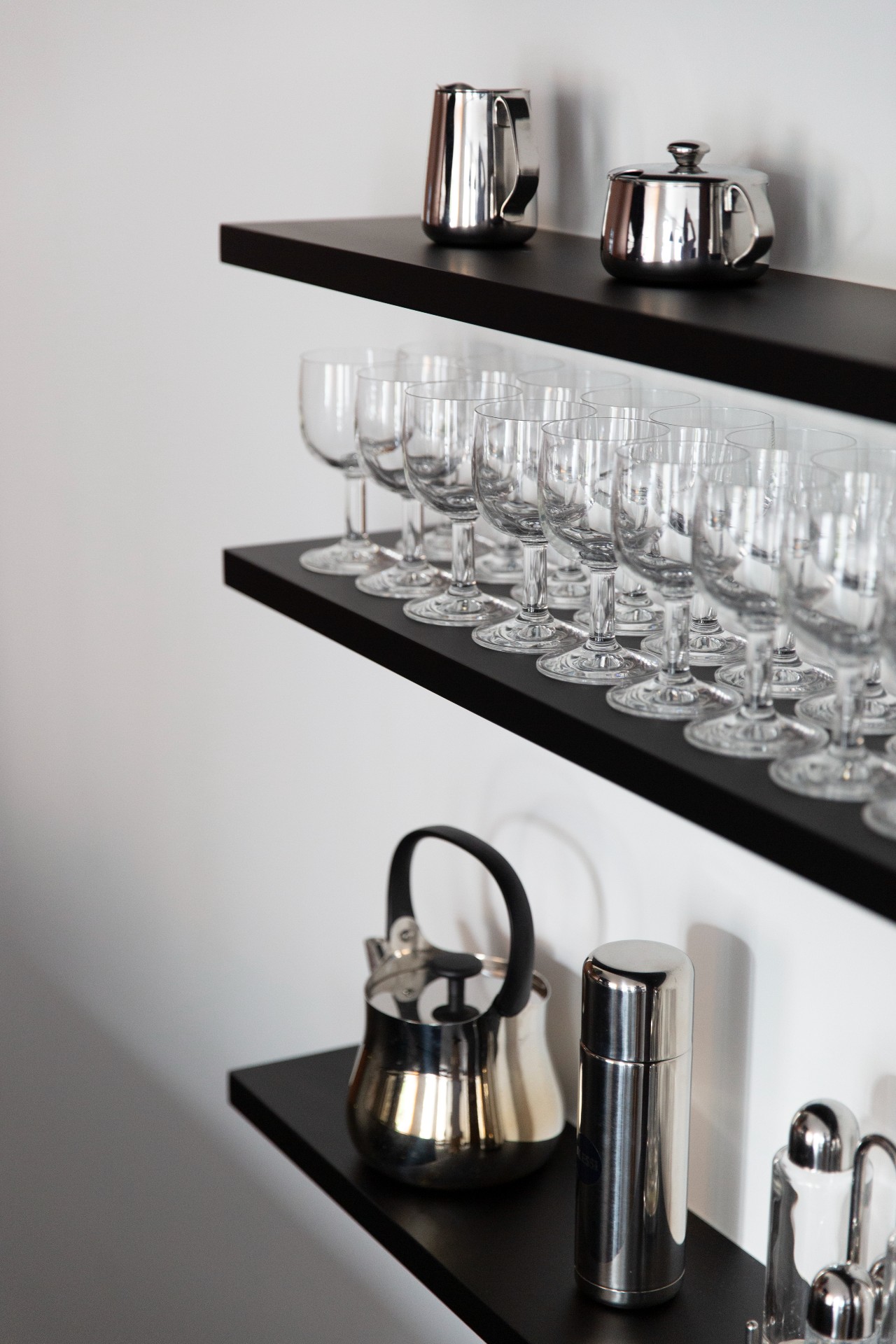
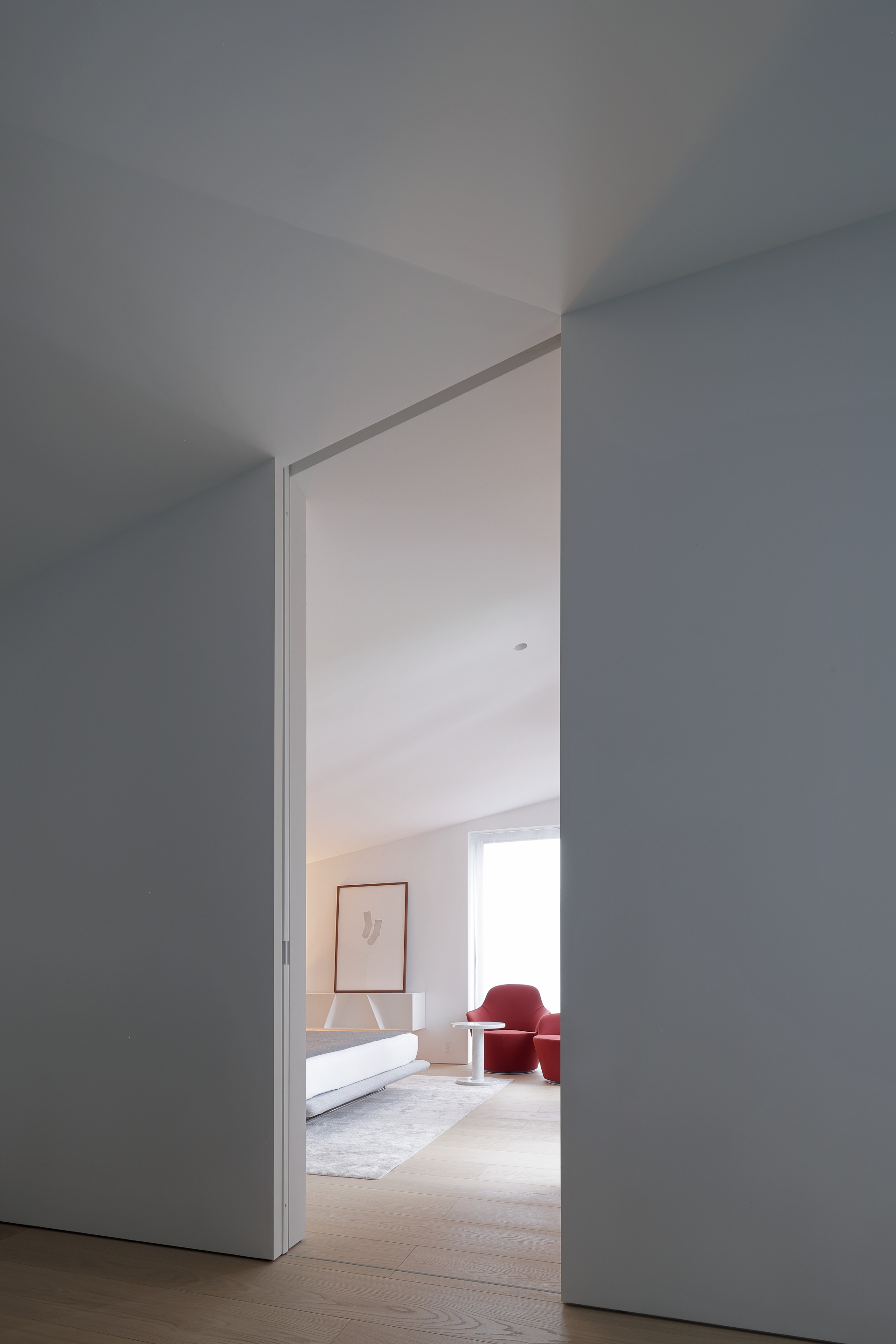
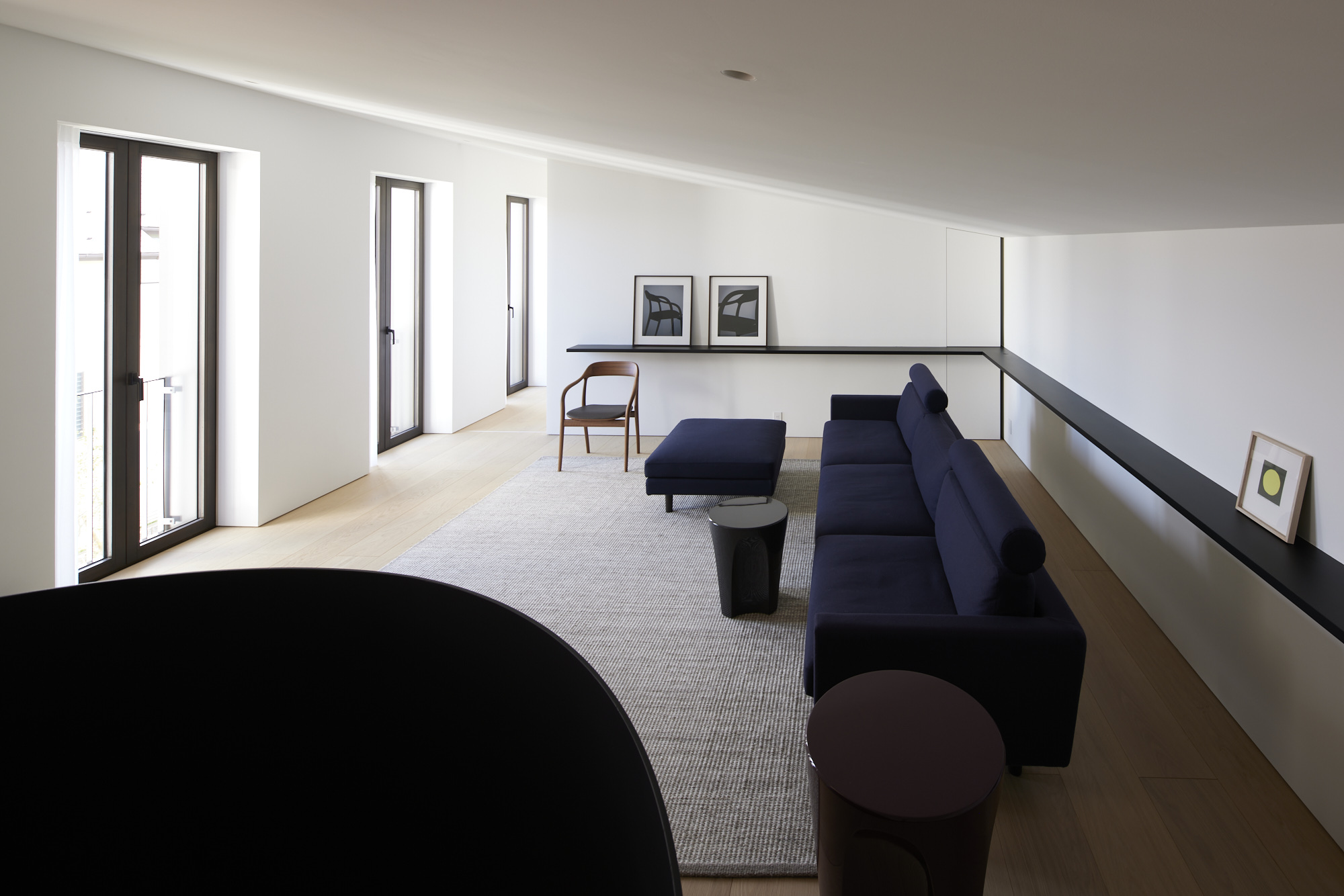
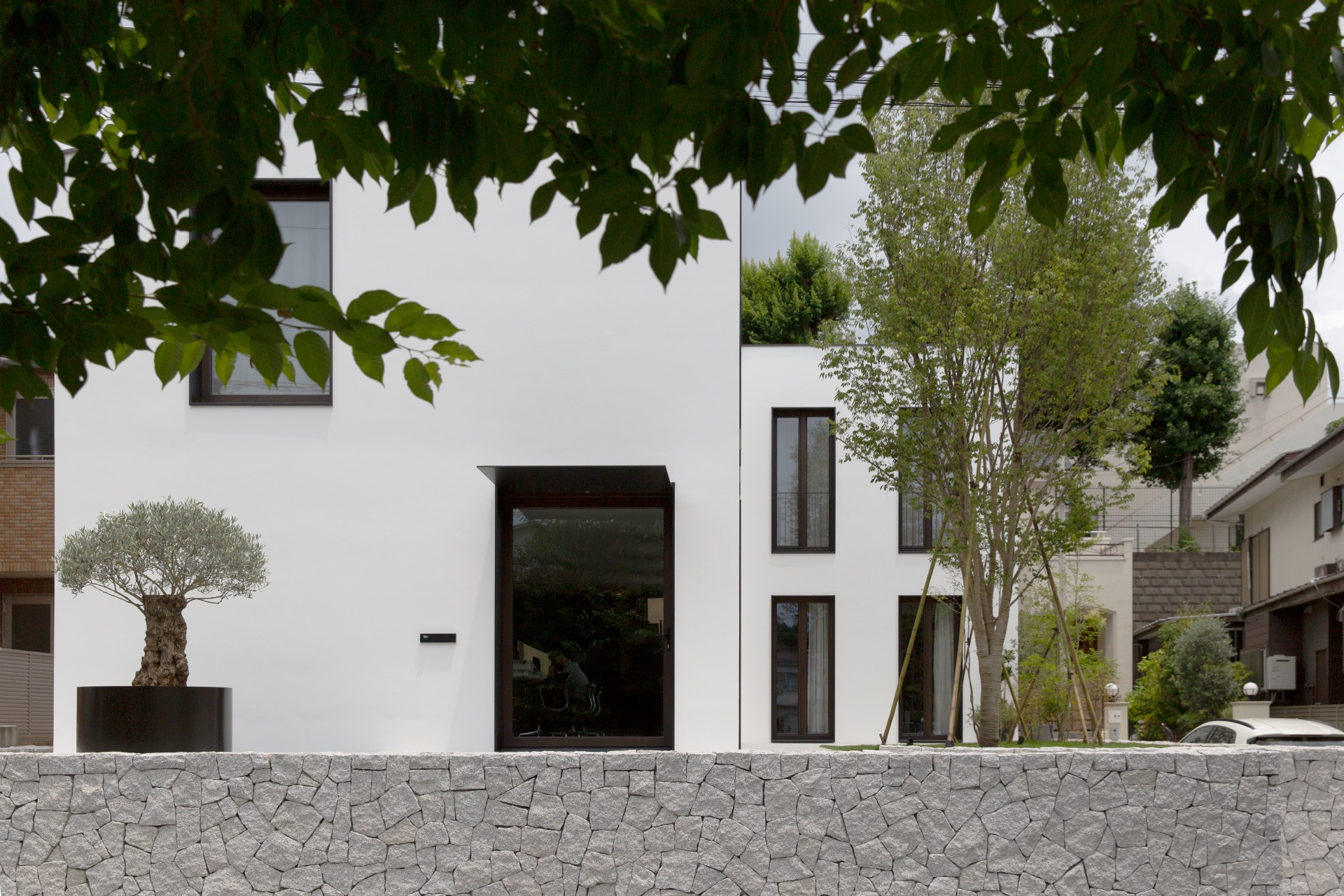
INFORMATION
Joanna Kawecki is a Tokyo-based design journalist and consultant. Living in Japan since 2013, she writes extensively about architecture, design and travel, interviewing leading industry figures such as Kengo Kuma and Naoto Fukasawa. She is co-founder of Ala Champ Magazine and design brand IMI Japan, working with craftspersons across the country’s 47 prefectures exploring traditional artisans to innovation entrepreneurs.
-
 All-In is the Paris-based label making full-force fashion for main character dressing
All-In is the Paris-based label making full-force fashion for main character dressingPart of our monthly Uprising series, Wallpaper* meets Benjamin Barron and Bror August Vestbø of All-In, the LVMH Prize-nominated label which bases its collections on a riotous cast of characters – real and imagined
By Orla Brennan
-
 Maserati joins forces with Giorgetti for a turbo-charged relationship
Maserati joins forces with Giorgetti for a turbo-charged relationshipAnnouncing their marriage during Milan Design Week, the brands unveiled a collection, a car and a long term commitment
By Hugo Macdonald
-
 Through an innovative new training program, Poltrona Frau aims to safeguard Italian craft
Through an innovative new training program, Poltrona Frau aims to safeguard Italian craftThe heritage furniture manufacturer is training a new generation of leather artisans
By Cristina Kiran Piotti
-
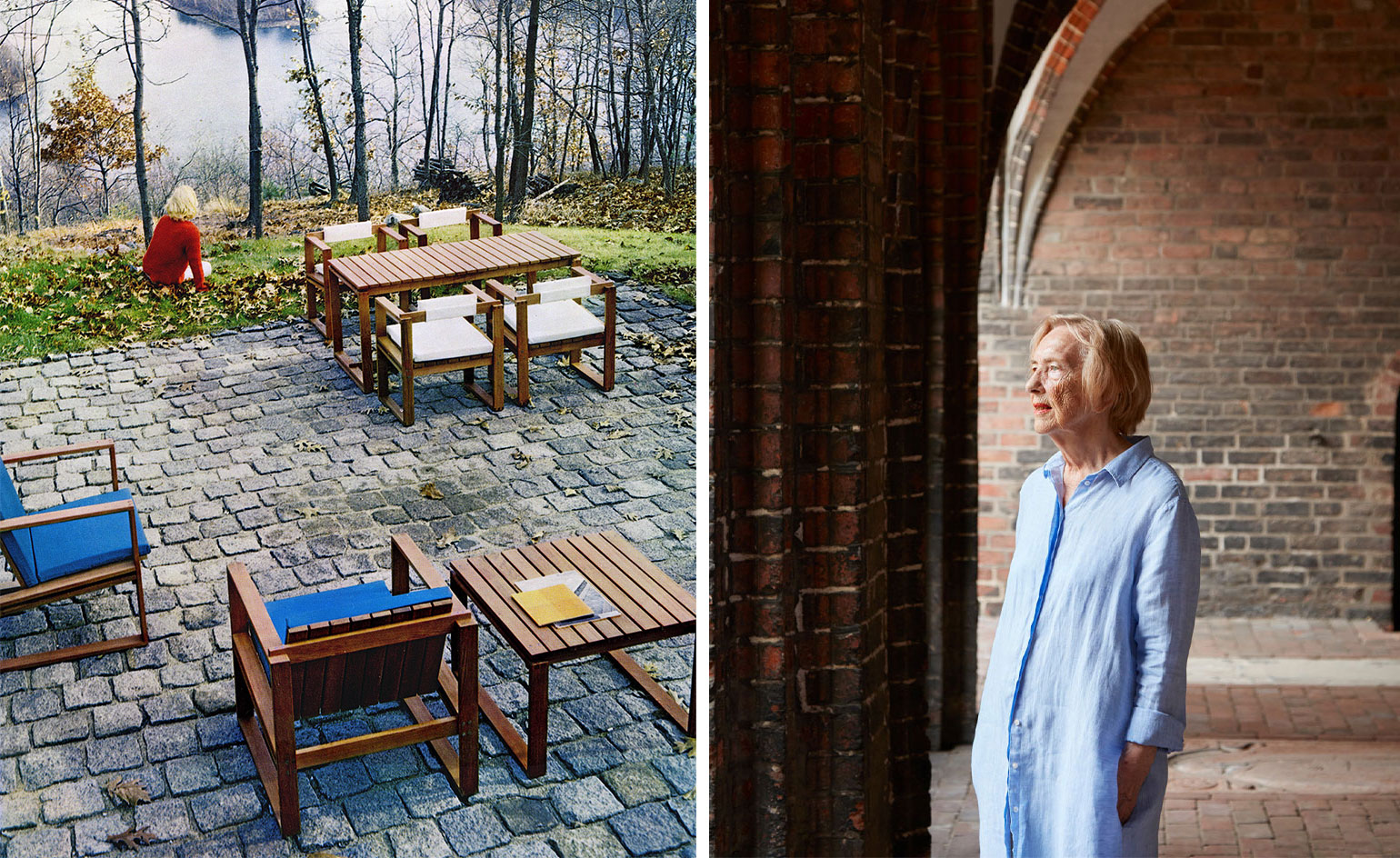 Bodil Kjær at 90: ‘I am not a furniture designer; I am a designer of environments’
Bodil Kjær at 90: ‘I am not a furniture designer; I am a designer of environments’We celebrate the work of Danish architect and designer Bodil Kjær, on her 90th birthday (11 March 2022). In this exclusive interview, she shares her views on spaces, furniture and her life in design
By Jeni Porter
-
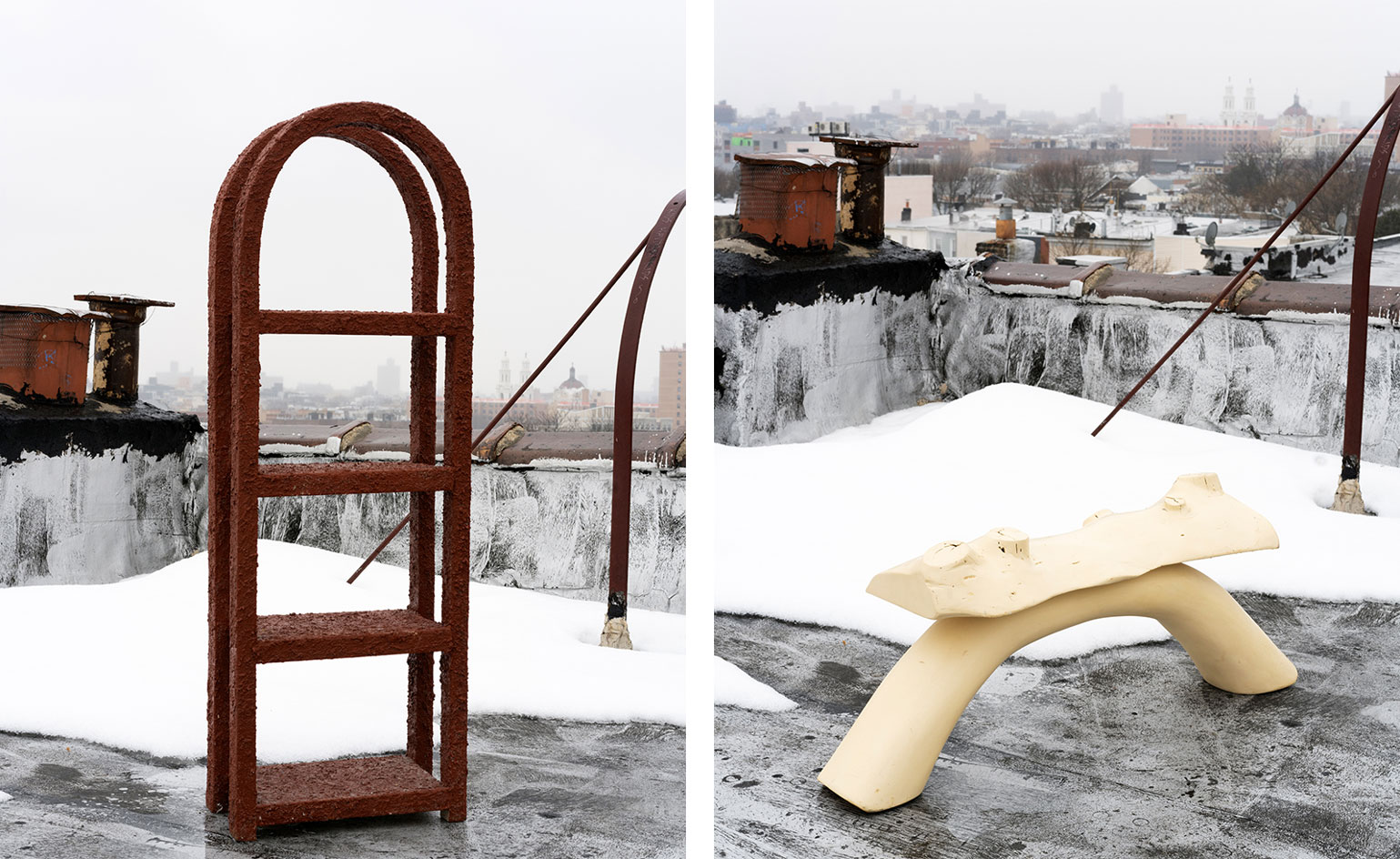 Nifemi Ogunro talks design and family
Nifemi Ogunro talks design and familyExplore the work and inspiration of Brooklyn-based artist and designer Nifemi Ogunro
By Camille Okhio
-
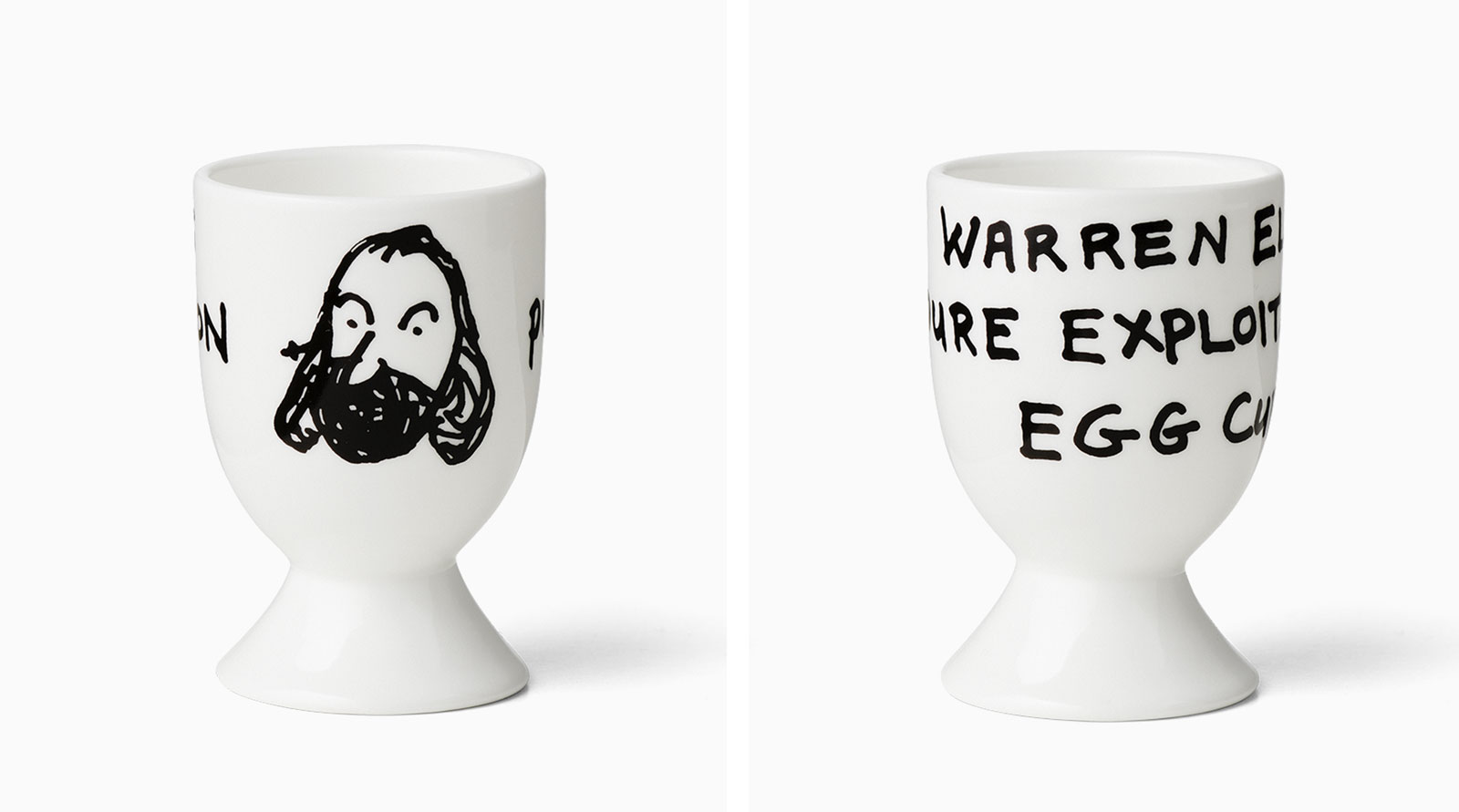 Nick Cave on cracking smiles and breaking eggs
Nick Cave on cracking smiles and breaking eggsNick Cave adds ‘the greatest little egg cup ever' to his recently launched shop Cave Things
By Melina Keays
-
 Kelly Wearstler makes over a midcentury Malibu beach house
Kelly Wearstler makes over a midcentury Malibu beach houseThe American designer fills her Malibu beachside home with pieces from an extensive and eclectic design collection
By TF Chan
-
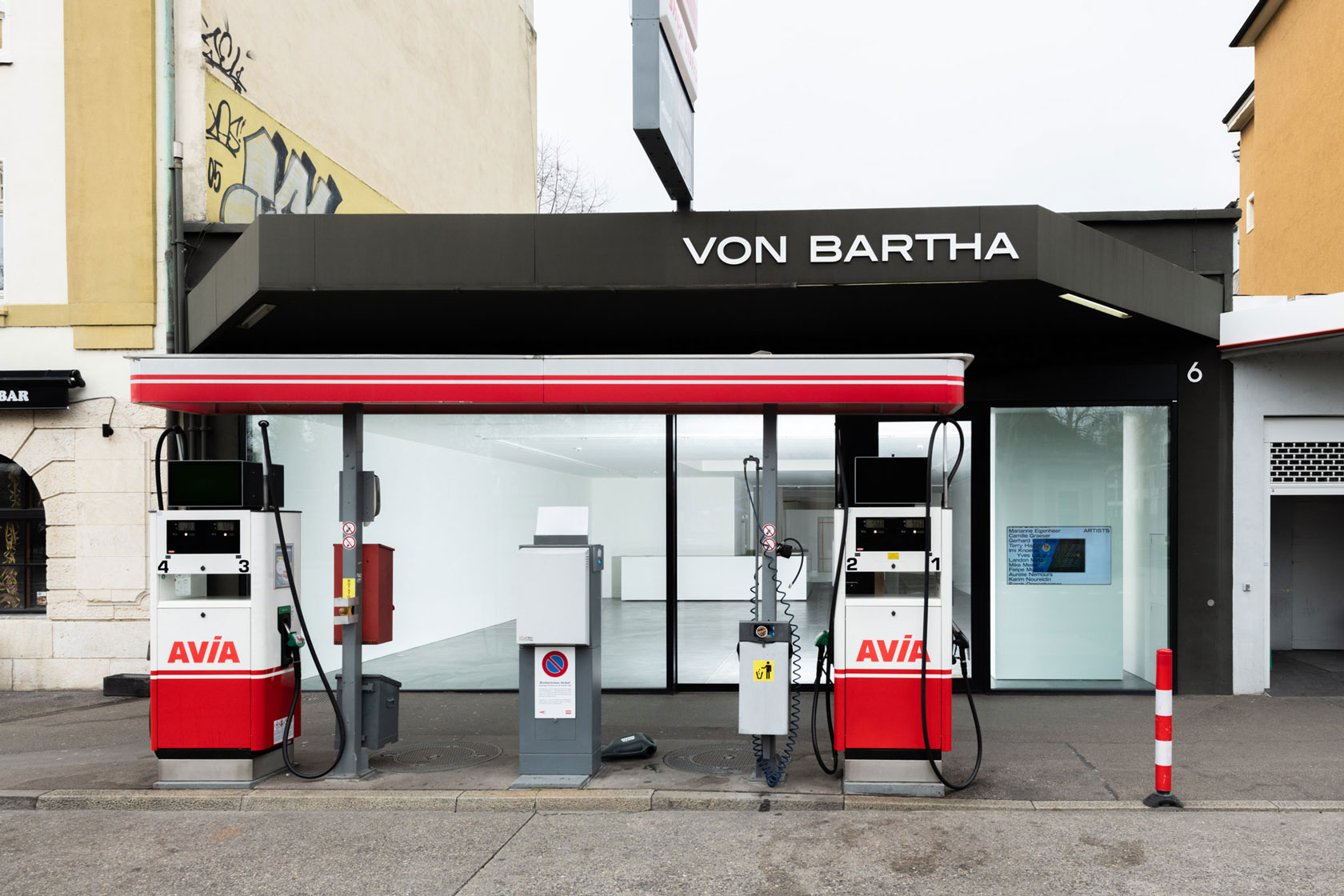 Inside gallerist Stefan von Bartha’s art-filled Basel home
Inside gallerist Stefan von Bartha’s art-filled Basel homeSecond-generation gallery owner Stefan von Bartha invites us (virtually) into his art-studded Basel home to reflect on an unconventional childhood, eclectic collection and building on 50 years of his family's eponymous gallery
By Harriet Lloyd-Smith
-
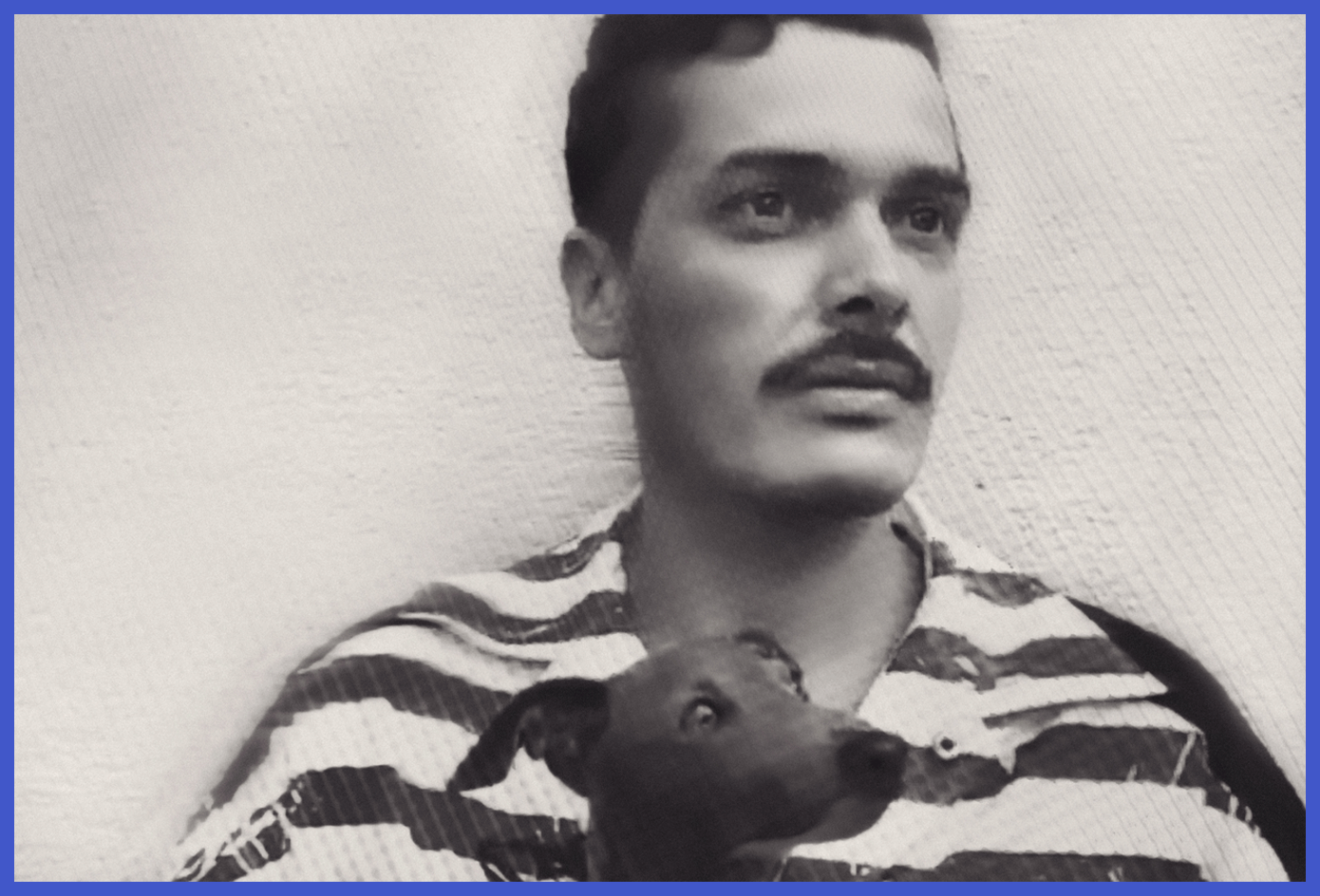 Formafantasma on GEO-Design and design education
Formafantasma on GEO-Design and design educationDesign Emergency began as an Instagram Live series during the Covid-19 pandemic and is now becoming a wake-up call to the world, and compelling evidence of the power of design to effect radical and far-reaching change. Co-founders Paola Antonelli and Alice Rawsthorn took over the October 2020 issue of Wallpaper* – available to download free here – to present stories of design’s new purpose and promise. Here, Paola Antonelli talks to designers Andrea Trimarchi and Simone Farresin of Studio Formafantasma
By Paola Antonelli
-
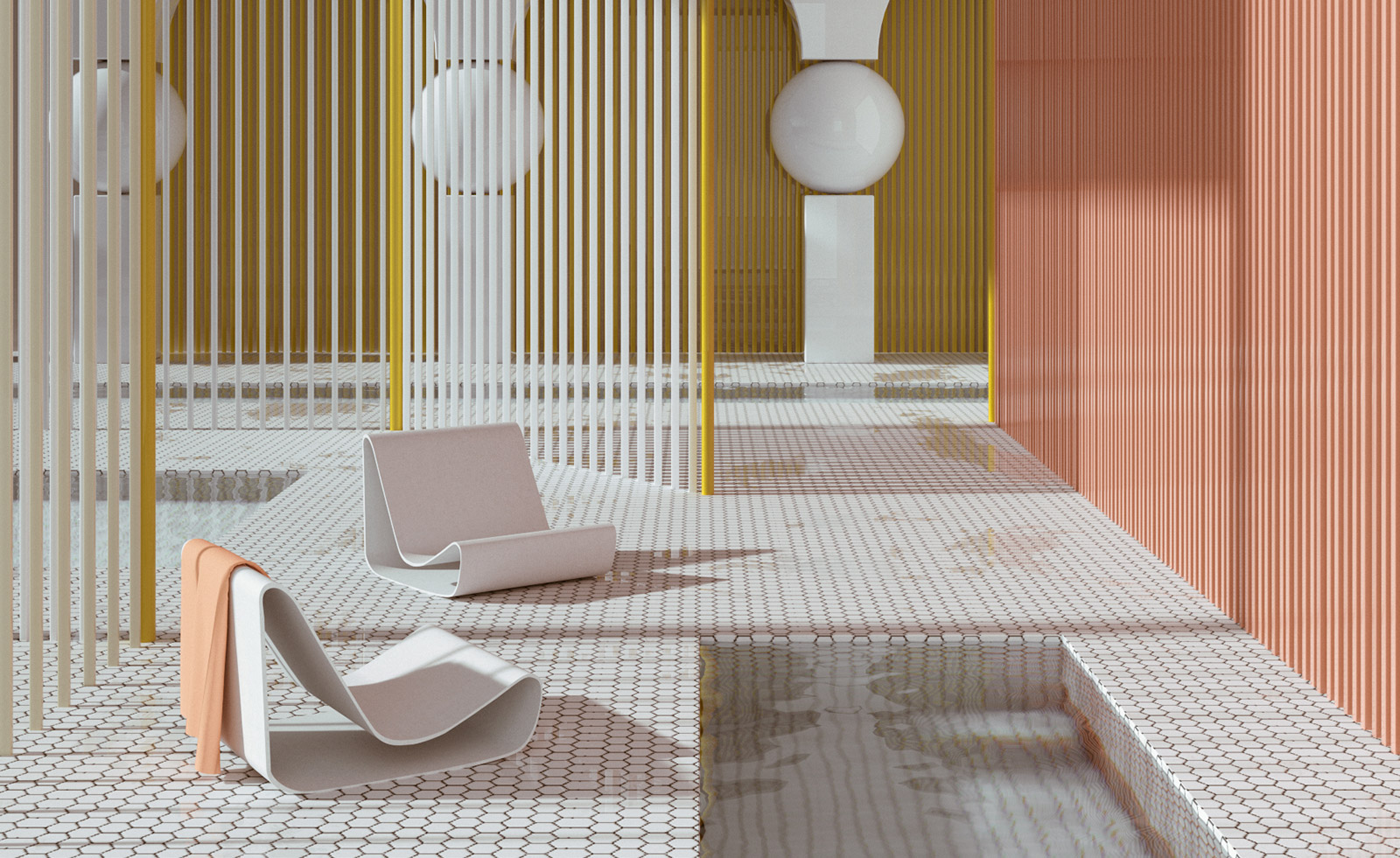 The imagined modernist world of 3D artist Alexis Christodoulou
The imagined modernist world of 3D artist Alexis ChristodoulouBy Jessica Klingelfuss
-
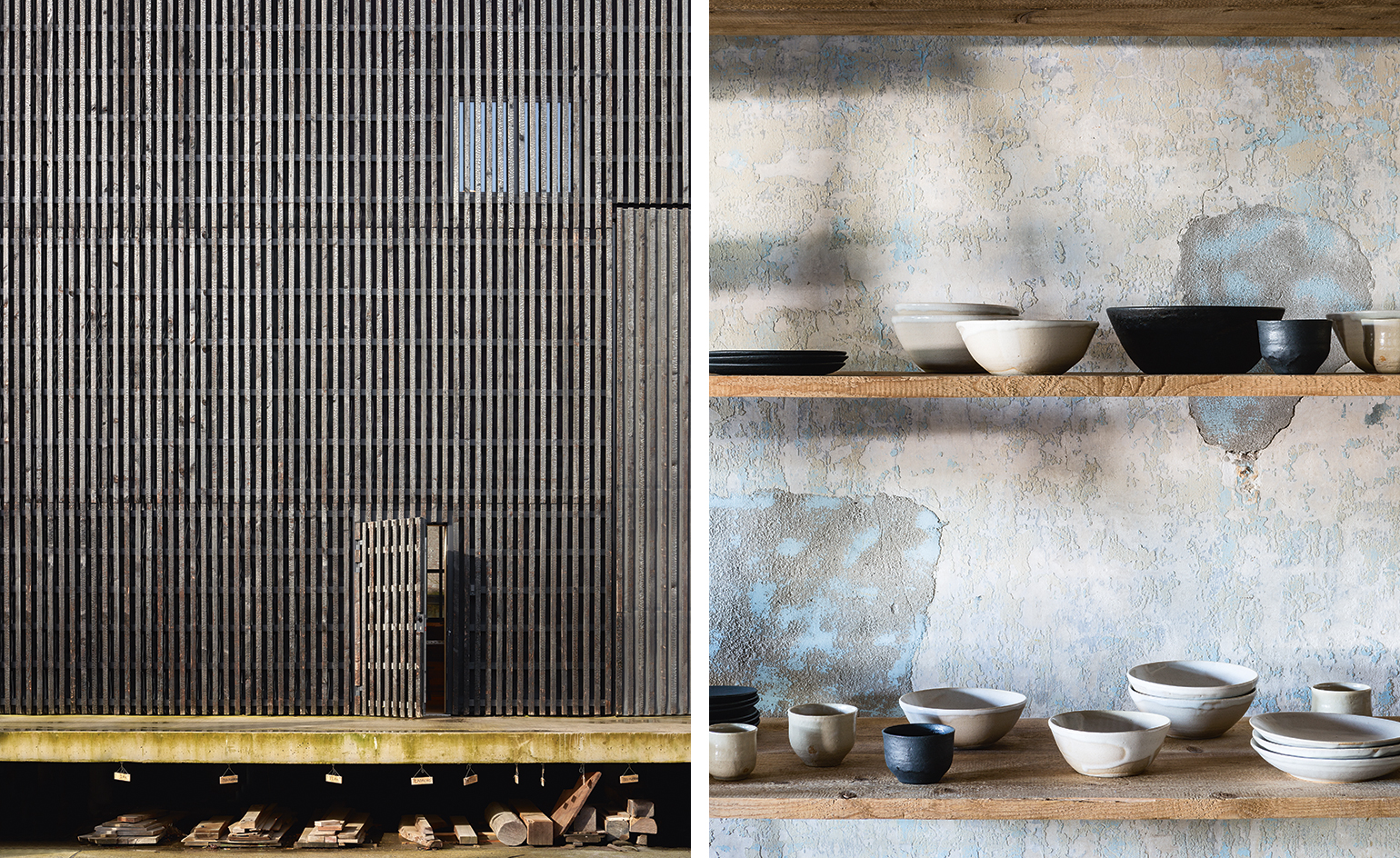 Wabi savvy: Antwerp aesthete Axel Vervoordt has built an ever-expanding empire on art
Wabi savvy: Antwerp aesthete Axel Vervoordt has built an ever-expanding empire on artBy Emma O'Kelly